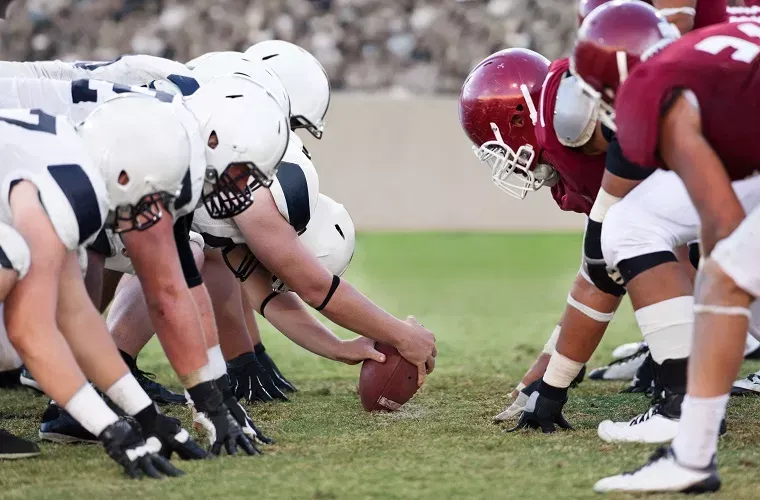Tackle football is a popular sport that involves physical contact between players. It is characterized by its rough and competitive nature, requiring strength, skill, and strategy to succeed. Dating back to the late 19th century, tackle football has evolved into a highly organized and widely enjoyed sport around the world.
Table of Contents
Benefits of Playing Tackle Football
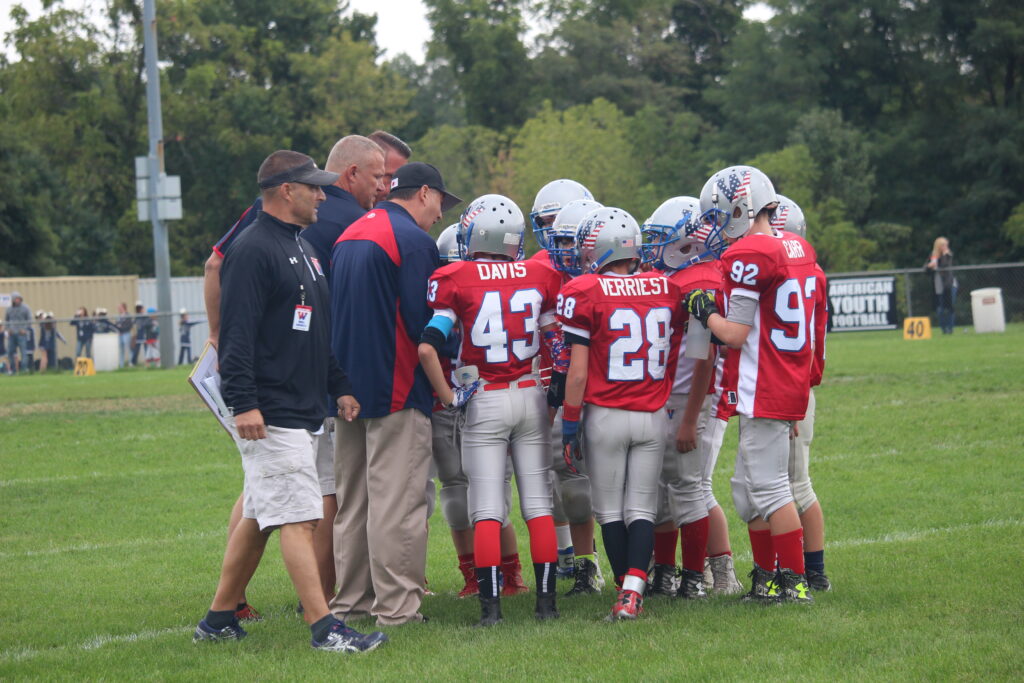
Playing tackle football offers numerous benefits, both physical and mental. Here are some of the key advantages:
- Physical Fitness: Tackle football is a demanding sport that requires participants to engage in intense physical activity. Running, tackling, blocking, and passing all contribute to improved cardiovascular health, endurance, strength, and agility.
- Strength and Conditioning: The nature of tackle football involves strength training, which helps players develop muscular strength, power, and overall physical resilience. Regular practice and conditioning sessions contribute to enhanced muscular endurance and bone density.
- Teamwork and Camaraderie: Tackle football is inherently a team sport, requiring players to work together towards a common goal. Through cooperation, communication, and mutual support, players learn valuable teamwork skills that are applicable both on and off the field.
- Leadership Development: Within a football team, players often take on leadership roles, whether as team captains, positional leaders, or motivational figures. Leading by example, communicating effectively, and making strategic decisions during games all contribute to the development of leadership skills.
- Discipline and Focus: Football demands a high level of discipline, as players must adhere to rules, follow game plans, and maintain focus throughout practices and games. Learning to manage time effectively, prioritize tasks, and stay disciplined in training translates to valuable life skills.
- Resilience and Mental Toughness: The physicality and competitiveness of tackle football teach players resilience and mental toughness. Facing challenges, setbacks, and adversity on the field helps individuals develop the resilience needed to overcome obstacles in various aspects of life.
- Emotional Well-being: Engaging in regular physical activity, being part of a team, and experiencing the thrill of competition can positively impact mental health. Playing tackle football provides an outlet for stress relief, boosts self-esteem, and fosters a sense of accomplishment.
- Social Interaction: Football teams often create a strong sense of community and belonging among players, coaches, and supporters. Building friendships, sharing experiences, and celebrating victories together contribute to a rich social life and support network.
Overall, playing tackle football offers a holistic range of benefits that contribute to both physical and mental well-being, while also imparting valuable life skills that extend beyond the confines of the playing field.
Safety Concerns in Tackle Football
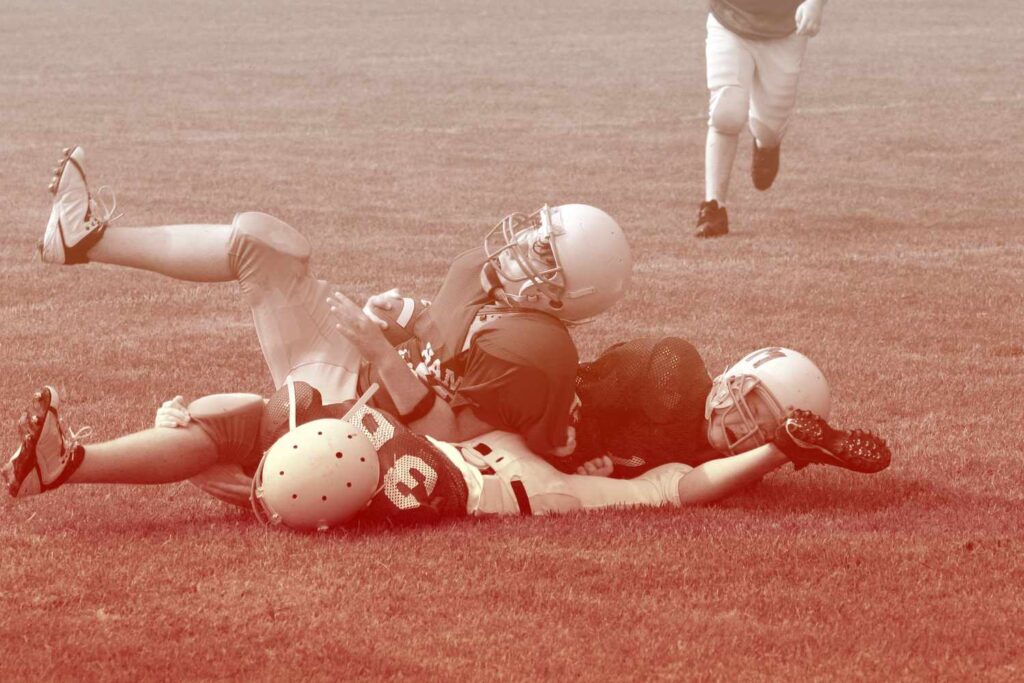
Tackle football, like any contact sport, presents significant safety concerns due to its physical nature. Here are some of the primary safety concerns associated with tackle football:
- Head Injuries: Concussions and other head injuries are among the most concerning risks in tackle football. Players can sustain head injuries from collisions, tackles, and impacts with the ground or other players. Concussions can have long-term consequences for brain health, including cognitive impairment and increased risk of neurodegenerative diseases.
- Orthopedic Injuries: Tackle football carries a high risk of orthopedic injuries, including fractures, sprains, strains, and dislocations. Players may suffer injuries to the knees, ankles, shoulders, elbows, and wrists due to the high-impact nature of the sport.
- Spinal Cord Injuries: Severe impacts or tackles can result in spinal cord injuries, which may lead to paralysis or other serious neurological deficits. Proper tackling techniques and adherence to safety guidelines are crucial for minimizing the risk of spinal cord injuries.
- Heat-Related Illnesses: Football is often played in hot weather conditions, increasing the risk of heat-related illnesses such as heat exhaustion and heatstroke. Players must stay hydrated and take breaks as needed to prevent heat-related complications.
- Overuse Injuries: Players may develop overuse injuries from repetitive movements and high training volumes, particularly in the offseason. Common overuse injuries in football include tendonitis, stress fractures, and muscle strains.
- Long-Term Health Effects: Prolonged participation in tackle football may increase the risk of long-term health issues, including chronic traumatic encephalopathy (CTE), a degenerative brain disease associated with repetitive head trauma. Research suggests that CTE and other neurodegenerative conditions may be more prevalent among former football players.
Despite these safety concerns, advancements in equipment technology, such as improved helmet designs and padding, along with rule changes aimed at reducing high-risk plays, have helped mitigate some of the risks associated with tackle football. Additionally, increased awareness of concussion protocols and emphasis on player safety during practices and games have contributed to a safer playing environment.
Ultimately, minimizing the risk of injuries in tackle football requires a multi-faceted approach involving proper coaching, technique instruction, rule enforcement, equipment maintenance, and ongoing research into injury prevention strategies.
Tackle Football Equipment
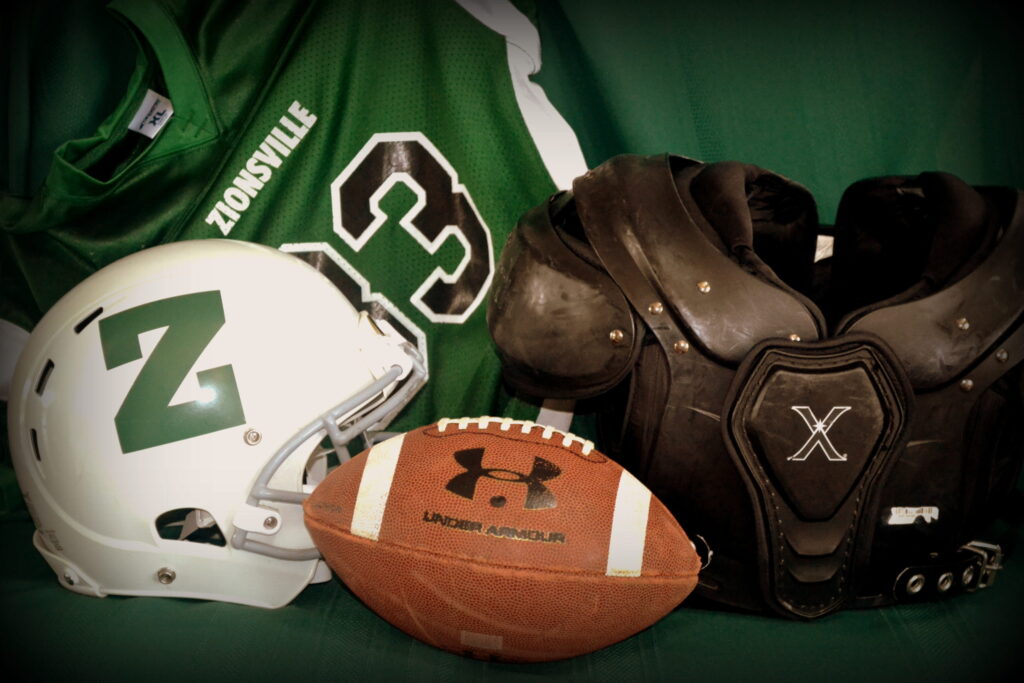
In tackle football, proper equipment is paramount for ensuring the safety of players. Here’s a rundown of the essential gear:
- Helmet: A well-fitted helmet is crucial for protecting the head from impacts during tackles and collisions. It should meet safety standards and be certified by relevant authorities. Helmets typically consist of a hard outer shell, padding inside for comfort and shock absorption, a facemask to protect the face, and a chin strap to keep it securely in place.
- Shoulder Pads: Shoulder pads protect the shoulders, chest, and upper back. They are constructed with hard plastic shells and foam padding to absorb impacts. Properly fitted shoulder pads should cover the shoulders and upper chest without restricting movement.
- Mouthguard: Mouthguards are essential for protecting the teeth, gums, and jaw from injury during contact. They help absorb shock from impacts and prevent dental injuries. Mouthguards come in various types, including custom-fitted, boil-and-bite, and ready-to-wear options, and should be worn at all times during play.
- Padded Clothing: Additional padding may be worn under the uniform to provide extra protection to vulnerable areas such as the ribs, thighs, and hips. This padding can help reduce the risk of bruises, contusions, and other injuries during tackles and falls.
- Protective Gear for Lower Body: Depending on personal preference and position played, players may also wear additional protective gear for the lower body, such as hip pads, thigh pads, knee pads, and tailbone protectors. These items help cushion impacts and reduce the risk of injury to the legs and lower body.
- Cleats: Proper footwear is essential for maintaining traction and stability on the field. Football cleats have studs or spikes on the soles to provide grip on grass or turf surfaces. It’s important to choose cleats that fit well and offer adequate support to prevent ankle injuries.
- Gloves: Many players opt to wear gloves to improve grip when catching and handling the football. Football gloves are typically made of tacky material on the palms to enhance grip in various weather conditions.
- Helmet Visor or Eye Shield (optional): Some players choose to wear a visor or eye shield on their helmet to protect their eyes from glare, debris, and incidental contact during play. It’s important to ensure that any visor used complies with league regulations regarding visibility and safety.
Ensuring that all equipment fits properly and is well-maintained is essential for maximizing protection and minimizing the risk of injury during tackle football play. Additionally, players should regularly inspect their gear for any signs of wear or damage and replace or repair as needed.
Rules and Regulations of Tackle Football
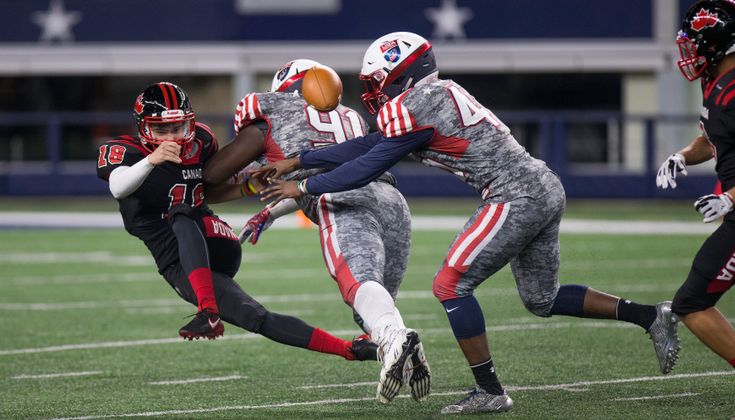
Tackle football adheres to a comprehensive set of rules and regulations to govern gameplay and maintain fairness. Here are some of the key aspects covered by these rules:
- Scoring: The primary objective of tackle football is to score points by advancing the ball into the opposing team’s end zone. Touchdowns are worth six points, and teams can earn additional points through extra point attempts (kicking the ball through the goalposts after a touchdown) or two-point conversion attempts (advancing the ball into the end zone again). Field goals, worth three points, can be scored by kicking the ball through the goalposts from various distances.
- Player Positions: Tackle football typically involves two teams with distinct offensive and defensive units. Offensive players include the quarterback, running backs, wide receivers, tight ends, and offensive linemen, each with specific roles and responsibilities. On defense, players are assigned positions such as defensive linemen, linebackers, cornerbacks, and safeties, tasked with stopping the opposing team’s offense and preventing scoring opportunities.
- Game Structure: A standard tackle football game consists of four quarters, each lasting a specified amount of time (typically 15 minutes at the professional level). The game begins with a coin toss to determine which team will kick off and which team will receive the opening kickoff. Play proceeds with alternating possessions, with teams attempting to advance the ball down the field while the opposing team seeks to stop them.
- Penalties: Tackle football rules outline various penalties for infractions committed by players or teams during gameplay. Penalties can result from actions such as illegal blocking, holding, pass interference, unnecessary roughness, and unsportsmanlike conduct. Depending on the severity of the infraction, penalties may result in yardage deductions, automatic first downs, or ejection from the game.
- Officials: Referees and other officials are responsible for enforcing the rules of tackle football and ensuring fair play. Officials oversee gameplay, make rulings on penalties and challenges, and manage the game clock. Referees are typically positioned on the field, while additional officials may work from the sidelines or review plays using instant replay technology.
- Equipment Requirements: Tackle football players are required to wear specific equipment to ensure their safety during gameplay. This equipment typically includes helmets, shoulder pads, mouthguards, thigh and knee pads, and appropriate footwear (cleats). Failure to comply with equipment requirements may result in penalties or disqualification from the game.
By adhering to these rules and regulations, tackle football maintains the integrity of the game and provides a framework for fair competition among teams and players. Referees and officials play a vital role in enforcing these rules and ensuring that gameplay is conducted safely and by established guidelines.
Conclusion
In conclusion, tackle football remains a beloved and enduring sport that captivates players and fans alike. While it poses risks, proper precautions and a commitment to safety can help ensure an enjoyable experience for all involved. Whether as a player or spectator, tackle football offers camaraderie, competition, and the thrill of the game.
